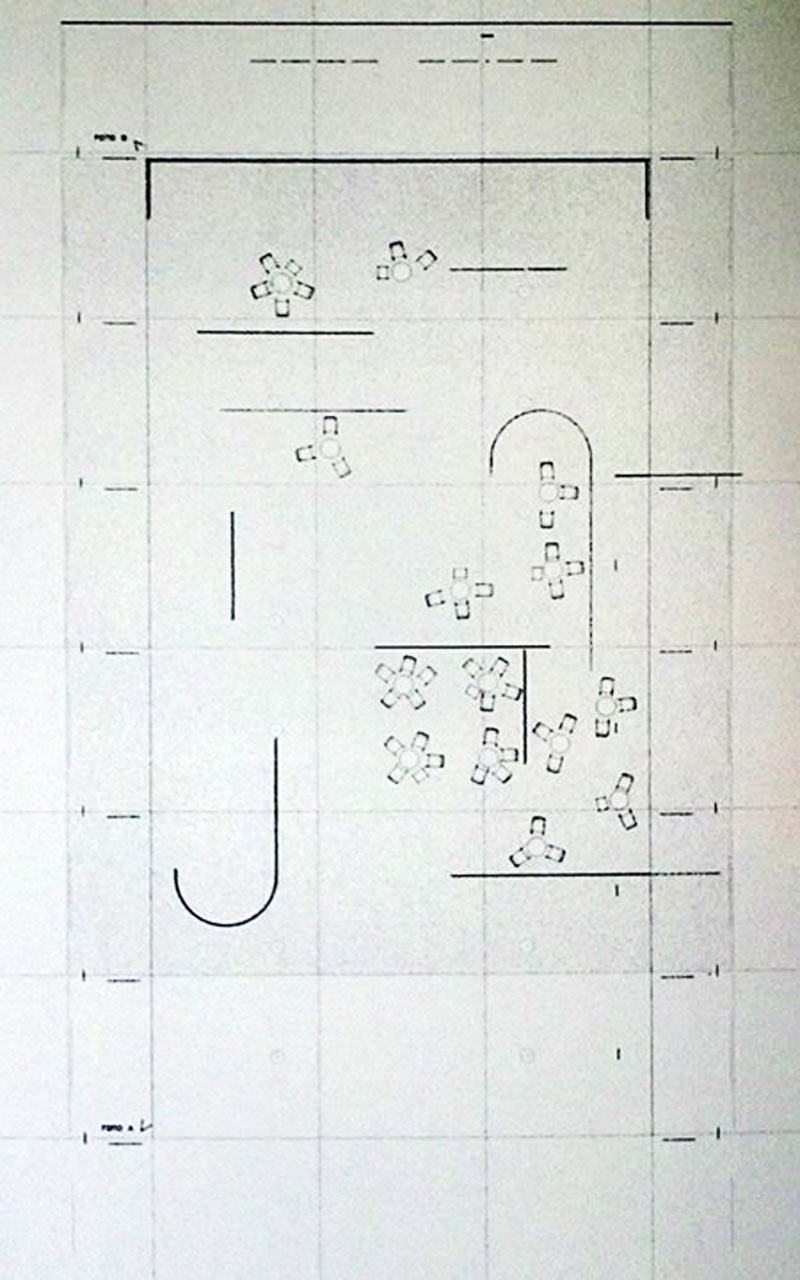 The Power of Body Language in Communication
The Power of Body Language in Communication It’s like peeling an onion, but instead of creating you cry, each layer reveals more about what makes us human. In regulation enforcement and legal investigations, understanding kinesic conduct can be a game-changer. Detectives typically search for nonverbal cues which may indicate deception or guilt. It’s like having a built-in lie detector, albeit one which requires careful interpretation. It’s not so easy as "crossed arms at all times mean defensiveness." Context is king on the planet of kinesic behavior. These are the lightning-fast flashes of emotion that flit across our faces, often earlier than we even understand it. A genuine smile, as an example, includes not simply the mouth but in addition the eyes—the infamous "Duchenne smile." And those micro-expressions?
A nonverbal cue is anything that is done nonverbally during an interplay, similar to a hand gesture or bodily motion. Many body language cues could be interpreted to reveal a person’s intentions or emotions throughout a state of affairs. Body language, deeply rooted in our evolutionary history, serves as a fundamental side of human communication for private or skilled life. Emotions conveyed through body language have deep evolutionary roots, reflecting our ancestors’ need to speak emotions without words. It develops the personality of any individual and helps them to develop their personality.
Keeping objects (like phones, luggage, or glasses) out of the means in which when talking alerts that you are fully current and open to the interplay. What children need to know about personal house to keep away from social rejection. All primates reveal behaviors including the freeze response and numerous self-soothing behaviors, such as touching the neck or twirling the hair in humans. We know that many non-verbal behaviors are innate as a outcome of even blind youngsters engage in them. Eye blocking, or masking your eyes, expresses feelings similar to frustration and fear.
Let your body (language) do the talking
When you’re wired, touching or stroking the neck signals a pacifying habits. We all rub our necks at the back, the perimeters, and in addition beneath the chin. The fleshy area under the chin has nerve endings and stroking it lowers heart fee and calms us. The that means we give to others’ nonverbal communication can be extremely deceptive and even ableist. Beyond behavioral disconnect, it’s not useful to miss the impact of bad days, sicknesses, and distractions that may influence a person’s physique language in any given interaction.
The Science Behind the Signals: Unraveling Body Language and Behavior
Migratory Behavior: The Fascinating Journey of Animals Across the Globe
When we’re joyful, our our bodies naturally adopt open, expansive postures. When we’re unhappy or anxious, Graceplanet.Org we have a tendency to curl inward, making ourselves smaller. This connection between emotion and posture is so strong that research has shown that deliberately adopting certain postures can truly affect our emotional state. It’s an interesting instance of the two-way street between our minds and bodies.
Embarking on the journey of mastering nonverbal communication entails proactive studying, aware observation, and deliberate practice. Implementing sensible strategies and methods permits people to harness the nuances of nonverbal cues and apply them purposefully in diverse interpersonal contexts. Nonverbal communication considerably contributes to workplace effectivity by facilitating seamless interactions, reducing misunderstandings, and creating a optimistic work surroundings. Utilizing nonverbal cues to convey professionalism, empathy, and cooperation can improve collaboration and total productivity inside the organization. In reality, it’s not the words that you use however your nonverbal cues or body language that speak the loudest. They can put folks at ease, construct belief, and draw others towards you, or they can offend, confuse, and undermine what you’re attempting to convey. Even when you’re silent, you’re nonetheless speaking nonverbally.
Silence Is a Form of Communication: What Are the Pros and Cons?
In the world of gross sales and negotiation, with the flexibility to read and reply to a client’s body language could be the difference between closing a deal and shedding it. Recognizing signs of curiosity, hesitation, or disagreement permits salespeople to adapt their approach in real-time. Before jumping to conclusions, it’s essential to ascertain a person’s baseline behavior. Everyone has their own quirks and habits, so what could be a sign of nervousness in a single person might be perfectly normal for one more. Observe how somebody behaves in a relaxed state to better determine deviations that might point out adjustments of their emotional or psychological state. They say the eyes are the home windows to the soul, and there’s truth in that cliché.







